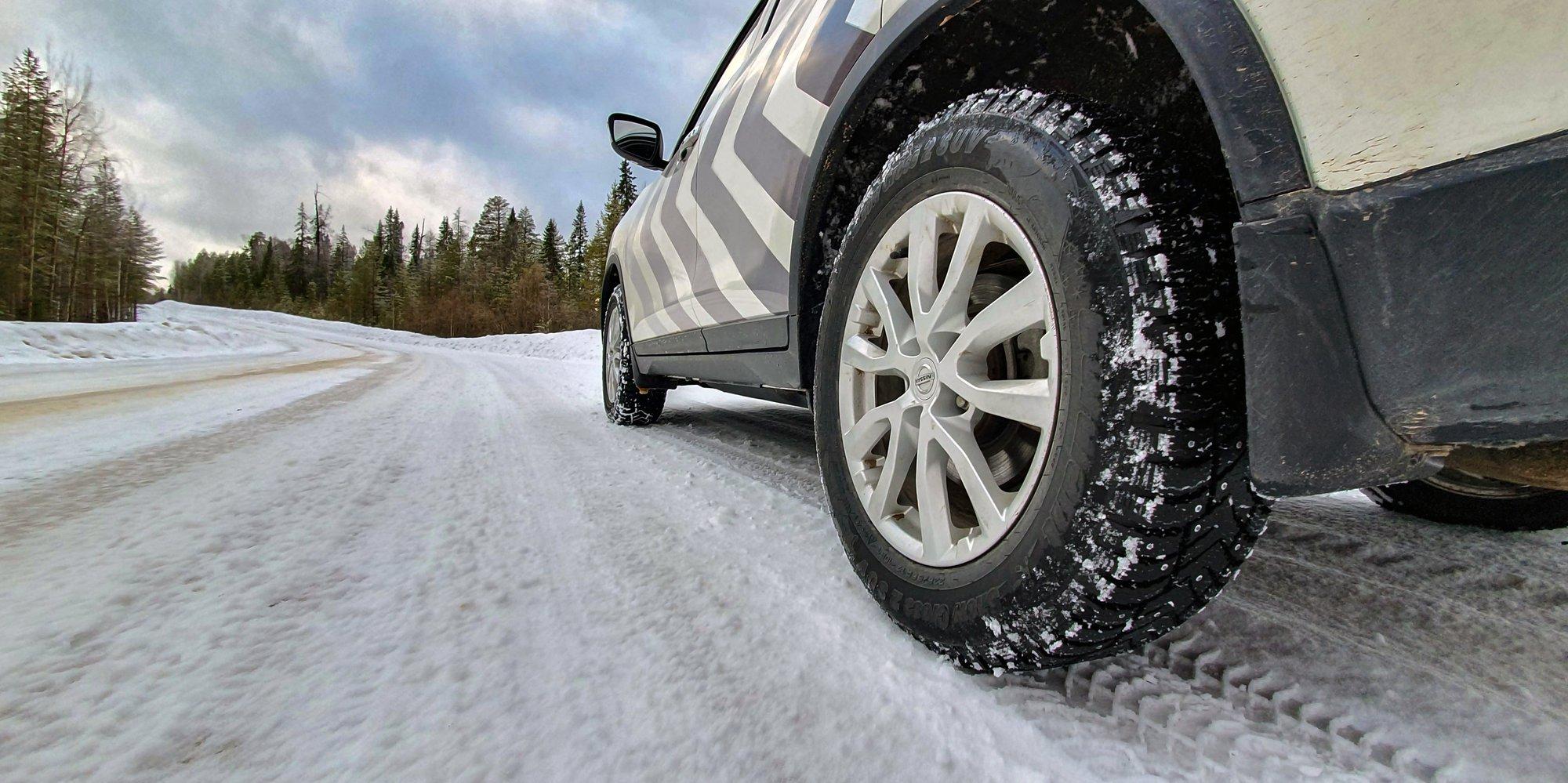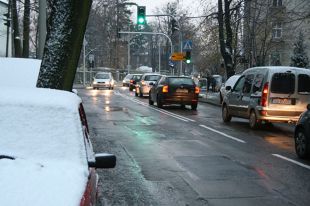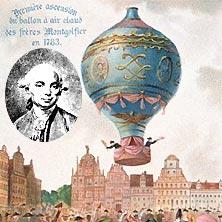
Winter eco driving
 The eco-driving style pays off especially in winter, when we face especially difficult road conditions and traffic jams. Why? – Because with eco-driving we drive cheaper, but also calmer, i.е. safer,” says Maciej Dressser, rally driver and Master of Eco Driving title.
The eco-driving style pays off especially in winter, when we face especially difficult road conditions and traffic jams. Why? – Because with eco-driving we drive cheaper, but also calmer, i.е. safer,” says Maciej Dressser, rally driver and Master of Eco Driving title.
The first snowfall brought us pictures familiar a year ago: cars in ditches, many kilometers of traffic jams.  caused by bumps and "obstacles", i.e. drivers who, for example, did not have time to change tires in time. According to Maciej Drescher, a young driver from Tarnow, it is also difficult for him to switch to a winter driving style.
caused by bumps and "obstacles", i.e. drivers who, for example, did not have time to change tires in time. According to Maciej Drescher, a young driver from Tarnow, it is also difficult for him to switch to a winter driving style.
– On wet, slippery, icy roads, it is much easier to lose control of the car. Too dynamic driving, especially for an inexperienced driver, can end tragically, says Maciej Dressser. “That's why in winter we have to use an eco-driving style that is both environmentally friendly and economical,” he adds.
What are the benefits of using this driving technique? First of all, fuel economy. In winter, when we are subject to much more frequent and longer traffic jams, this is especially important. Maciej Dressser emphasizes that racing only makes sense on specially prepared tracks. Other than that, it's dangerous and... it just doesn't pay off. Recall the basic principles of winter eco-driving and what benefits it will bring us.
The most important principles of winter eco-driving
1. The first is liquidity. Remember that any unnecessary stop of the car requires pulling away in first gear, which costs the car a lot of fuel. Additional wear is also caused by unnecessary acceleration. So try to anticipate traffic situations and adjust your speed to the prevailing conditions, such as green lights, instead of accelerating hard on green and braking before red. If you drive smoothly, you won't have to brake as often, which reduces the risk of skidding in winter.
2. Good technical condition of the car - many drivers do not realize that every worn or damaged element of the car (for example, bearings) has a big impact on fuel consumption. You should not wait with repair and technical inspection, especially since even a minor breakdown can lead to new ones. In winter conditions, failure "on the track" can be especially unpleasant and dangerous. Waiting for help in winter can be delayed.
3. Correct tire pressure - check it at least once a month. Too low pressure increases fuel consumption, lengthens the braking distance, increases rolling resistance, which leads to an increase in fuel consumption up to 10%. Low pressure also greatly increases the risk of a tire blowout, as there is a variable, incorrect distribution of the pressure of the vehicle's axle on the ground and the contact surface of the tire with the road changes. The internal structure of the tire is damaged, which can lead to an explosion. Too low pressure also causes a “floating” effect, which makes it even more difficult to maneuver the car in winter. Under normal road conditions, the recommended pressure for winter tires is between 2,0 and 2,2 bar. Manufacturer-approved pressure for a given vehicle can most often be found on the gas filler cap, sill, pillar, driver's door, or dashboard glove box. In winter, we must consciously increase this recommended pressure by 0,2 bar. This is our guarantee in case of severe frosts or significant diurnal temperature fluctuations caused by shifting atmospheric fronts.
4. Driving in top gear - try to drive at low speeds (so that, for example, at a speed of 50 km / h you are driving in fourth or even fifth gear). Upshift at the latest when you reach 2500 rpm for a petrol engine or 2000 rpm for a diesel engine.
5. Downshifting Engine Braking - In turn, when slowing down, approaching an intersection or downhill, try to lower your gear instead of shifting into neutral and applying the brakes. This method is especially useful in vehicles without traction and braking support systems such as ABS, ASR or more advanced ESP.
6. The principle of minimum load - do not carry unnecessary things with you. Remove from the trunk what you do not need, it's just ballast that increases fuel consumption. Likewise, roof racks or bike racks should be removed when no longer needed so they don't cause unnecessary additional air resistance. Instead, take a spare blanket, wheel chains or a shovel in the trunk, which can come in handy in case of a blizzard, traffic jam or possible breakdown. The minimum rule also applies to electrical devices. If you're stuck in traffic and don't know when to start, try limiting your radio and not overheating.
Co daje eco driving?
1. First of all - savings! It is estimated that smooth, intelligent driving can give us 5 to even 25 percent. fuel economy.
2. Benefits for the environment. Less fuel - less exhaust gases - cleaner environment.
3. Safety - by breaking the habits associated with nervous and aggressive driving, we become a safer and more predictable driver - both for ourselves and for other road users.

